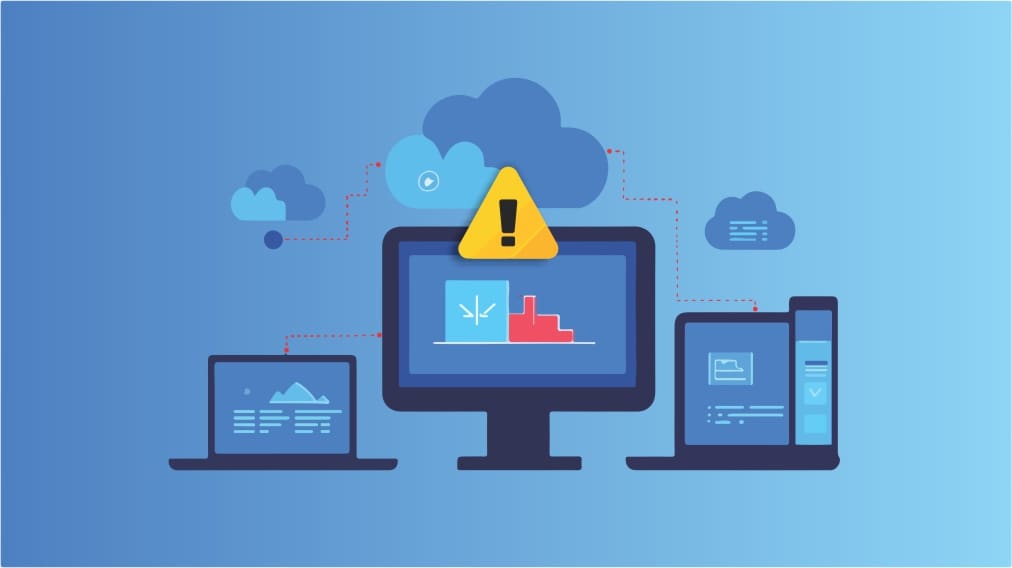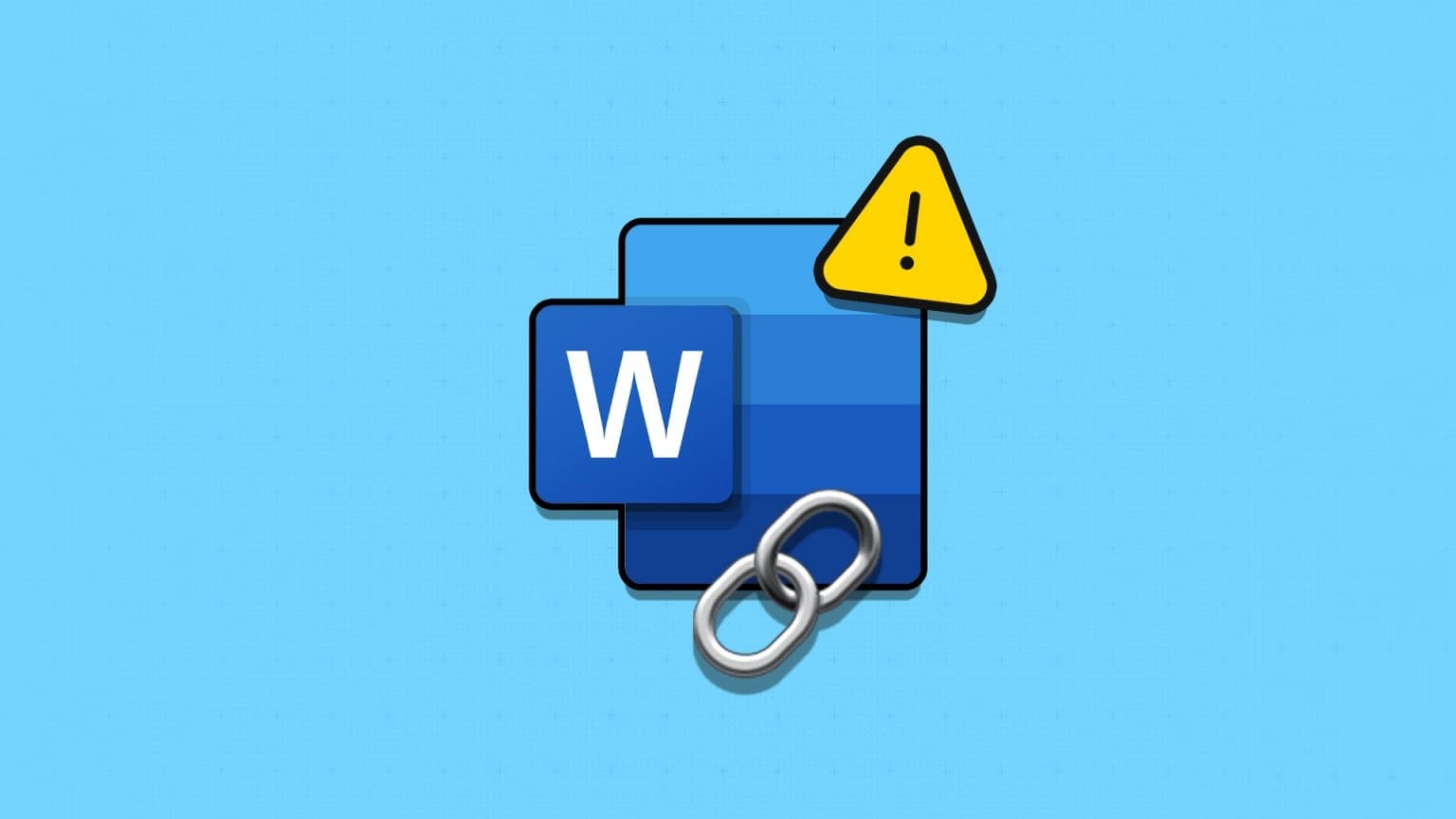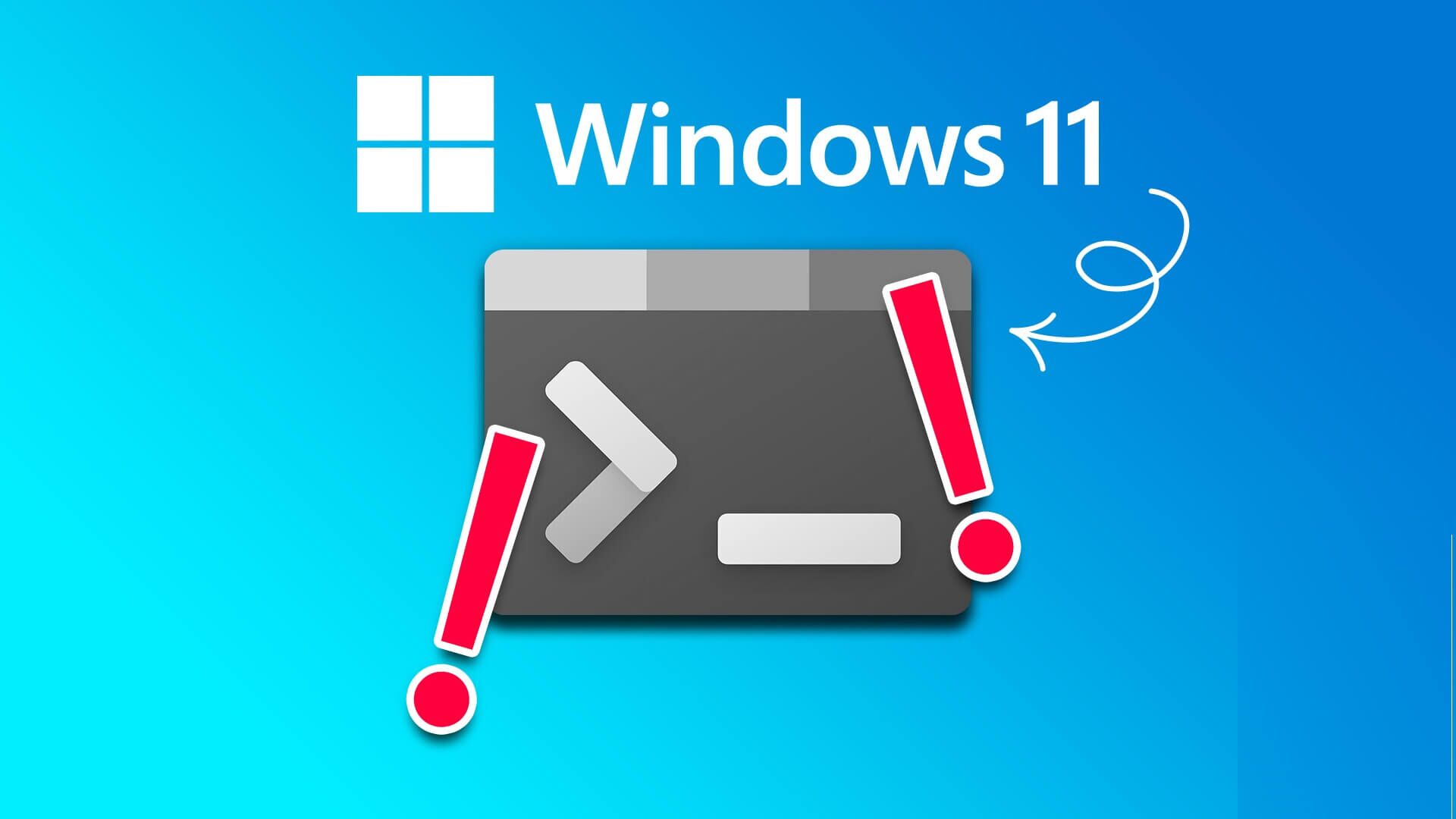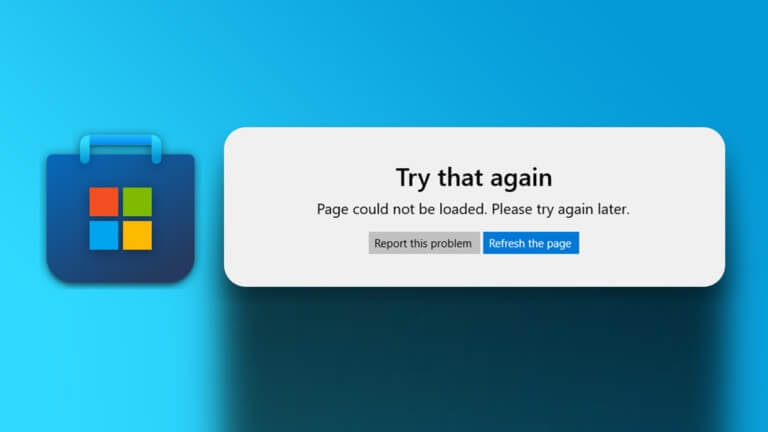To format a drive (hard disk floppy disk, Flash drive Formatting a partition (etc.) means preparing the selected partition on a drive for use by the operating system by deleting all data and setting up a file system. The most common file system supported by Windows is NTFS, but FAT32 is also sometimes used. In Windows, partition formatting is usually done through the Disk Management tool. You can also format your computer by formatting a drive using the format command in a command-line interface such as the Command Prompt, or by using a free disk partitioning software tool.
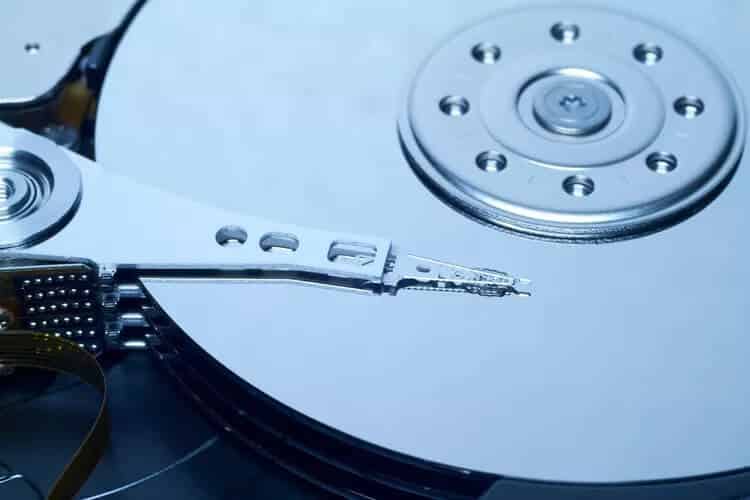
Note: A partition typically encompasses an entire physical hard drive. That's why we often say "formatting a drive" when we're actually formatting a partition on the drive—the partition happens to be the full size of the drive.
Resources on Formatting
You can't usually format your computer by accident, so you don't have to worry about accidentally deleting all your files. However, you should be careful when formatting anything and make sure you know what you're doing.
Here are some common things you might do regarding formatting:
- Format a hard disk in Windows
- Format a hard drive from the command prompt
- Format C drive
- SSD Formatting
- Format C drive from system repair disc
- Format SD card in Windows
- Partitioning a hard disk in Windows
- Completely erase the hard drive
Some devices, such as cameras, allow you to format storage through the device itself. This is similar to how you format a hard drive using a computer—the same is possible with some digital cameras and perhaps even game consoles or other devices that may need to format their hard drive.
More information about configuration
Must be configured C: drive Or any letter that happens to identify the partition Windows is installed on from outside Windows because you can't delete files you're currently using. Doing so from outside the operating system means the files aren't actively working and can be deleted.
Formatting your hard drive is part of the “Clean Install” to install Windows.
If you want to format a device to change the file system from, for example, FAT32 For NTFS, one way you can do this while saving your data is to first copy the files off the drive so that it is empty.
You may be able to recover files from a partition even after it's been formatted. Some file recovery tools should be able to help, and many are free; it's definitely worth a try if you accidentally formatted a partition containing valuable data.
There are two types of formatting: high-level and low-level. High-level formatting involves writing the file system to the disk so that the data can be organized and understood by programs reading from and writing to it. Low-level formatting is when the tracks and sectors on the disk are identified. This is done by the manufacturer before the drive is even sold.
When you perform a quick format in Windows, you only delete files, not erase them.
Other definitions of formatting or configuration
The word format is also used to describe the way other things are arranged or organized, not just a filing system.
For example, formatting relates to the visual properties of objects such as text and images. Word processing programs such as Microsoft Word can format text to center it on the page, appear as a different font type, and so on.
Citation styles such as APA and MLAFor example, you can use APA format in Google Docs to follow this writing style.
The term is also used to describe the way files are encoded and organized, typically identified by their file extension. MP3 and JPG are common file extensions used by media file formats.



